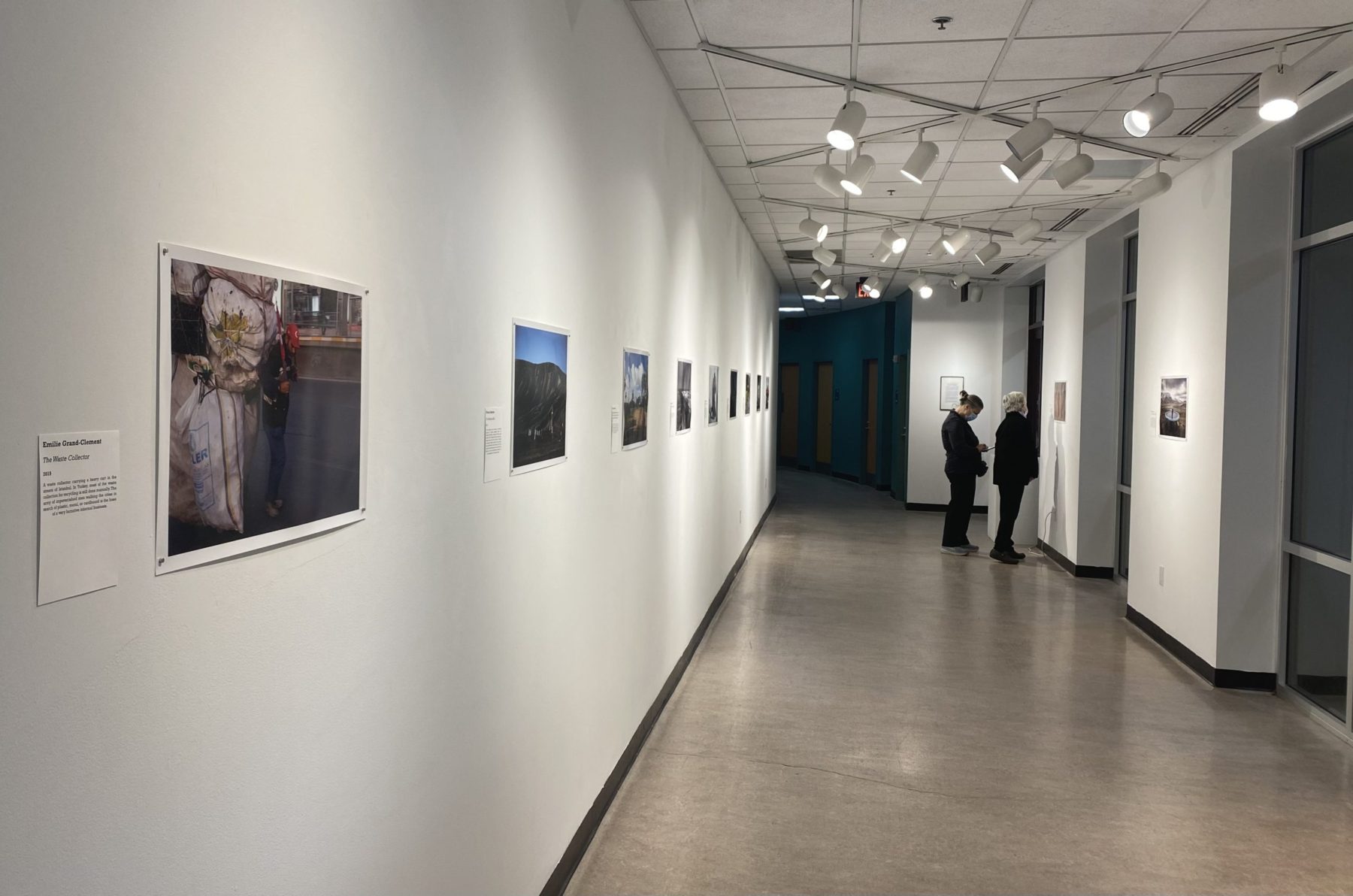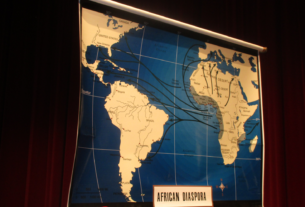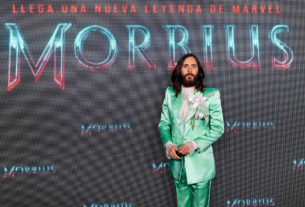
Visualizing Climate Change with Photographer Michael Snyder
PVCC’s climate-oriented one book program campus events came to a close on Friday, Nov. 18 with a photo gallery opening titled “Our Changing Climate: A Visual Chronicle Opening Night,” curated by photographer Michael Snyder. The event was held from 5-7 p.m. in the Dickinson building and featured a select few submissions from Snyder’s many photography students.
“We organized this gallery opening so that he could curate a collection of works by the next generation of photojournalists showcasing climate change across the world,” said Fenella Belle, associate professor of art, “It completes the visual part of the one book program.”
Snyder is an independent photographer and filmmaker based in Charlottesville. His work has been featured in media outlets such as the Guardian, BBC, and the Washington Post. Involved with research in the Arctic, he directed and produced a National Geographic documentary titled Into the Dark (2020) and, additionally, was featured in a Vox docuseries. He is a resident artist at the McGuffey Art Center in Charlottesville and teaches online courses in photography and filmmaking.
The photo gallery opening featured works from his diverse set of online students. “I teach students from all backgrounds. Some are older individuals, some are undergraduate students, some are graduate students. The oldest student featured here is in his seventies,” Snyder said. Geographically, the featured works included submissions from Canada, Sri Lanka, France, and the United States.
Much like the recent photography contest here at PVCC, Snyder’s students were not specifically asked to portray climate change in their work. “Asking people to photograph what climate change looks like where they are in the world can be somewhat limiting. Students were asked to capture humans and their relationship with the environment. The results just end up saying more about climate change than you would expect,” Snyder explained.
A submission by a French student titled The Waste Collector captured a Turkish man carrying a crushing load of garbage, a major contributor to global greenhouse gas emissions. Tashiya de Mel was a photo taken by a Sri Lankan student; a somewhat incongruous scene of desolate beetroot farmland now populated with wind turbines.
“This seems to be the favorite,” Belle pointed out, gesturing to Benita Mayo, a submission by a Charlottesville-based student that captured a North Carolina pier at the beginning of a sea storm, attesting to the unrelenting nature of water and the rising sea levels that are an outcome of climate change.
The climate change photo gallery opening explored the issue with visual storytelling, building upon the more systematic and scientific campus talks and events previously held. The gallery showcased the universality of climate change.
As Belle explained towards the end of the gallery opening, “Whether you’re into environmental science or women’s rights or social justice, we all play a part in figuring out the universal problem that is climate change. Climate change is the common denominator.”






